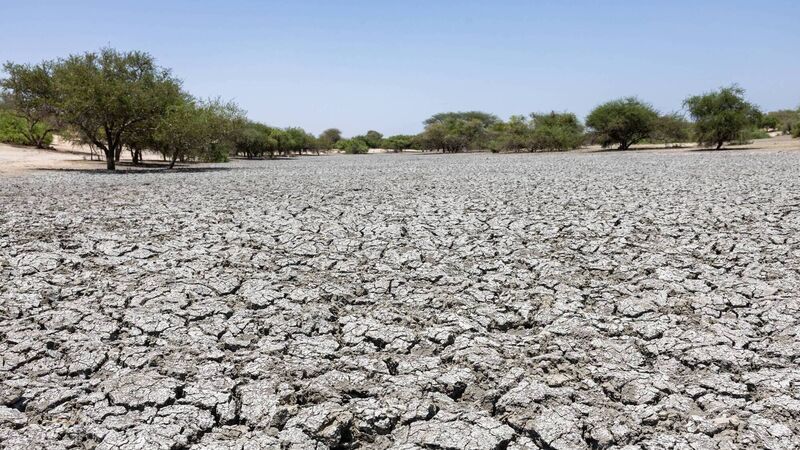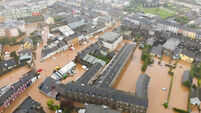Geoengineering to reduce heat in one part of the world could bring droughts elsewhere, report says

The report concludes that deploying stratospheric aerosol injection in the northern hemisphere only could lead to drought in Africa. File photo: Joris Bolomey/AFP via Getty Images
Geoengineering to reduce temperatures in one part of the world could worsen droughts and hurricanes elsewhere, scientists have warned.
A report on the current science around techniques to reflect some sunlight back into space — known as solar radiation modification (SRM) — has found that internationally co-ordinated deployment could reduce global temperatures and some of the impacts of climate change.
It warned the hypothetical techniques, which are likely decades from deployment, are no substitute for action to cut the greenhouse gas emissions pushing up global temperatures.
Also, "unilateral" action by individual nations could cause serious impacts for others, the study's authors said.
Interest in geoengineering techniques to curb climate change has grown as efforts to cut greenhouse emissions to limit global warming to 1.5C or "well below" 2C above pre-industrial levels have faltered.
The latest UN assessment ahead of climate talks in Brazil put the world on track for up to 2.8C of warming on current measures.
But there are serious concerns about the technological feasibility and ethical questions around deploying geoengineering methods to curb climate change.
Reaching out to experts as part of the Royal Society report highlighted the two options for reflecting sunlight from the Earth that are thought to be most effective for inducing a 1C reduction in global temperatures and the relatively lowest technical barriers.
These are stratospheric aerosol injection (SAI), a process to mimic the natural cooling impacts of volcanic eruptions by injecting sulphur dioxide that rapidly becomes reflective particles in the stratosphere, and marine cloud brightening (MCB), which increases the reflective capacity of clouds.
The SAI technique would require planes to fly higher than most aircraft can currently manage, while the MCB could involve spraying saltwater from ships in a technology that is "embryonic", report author Professor Keith Shine said.
Other techniques, such as mirrors in space, are seen as highly technically challenging.
The report found robust evidence that if SRM was deployed globally, it could reduce global temperatures and some impacts such as sea level rises, wildfires and extreme rainfall.
But there are still major uncertainties about how much cooling it could achieve, and if it could make some impacts worse on a regional basis.
For example, deploying SAI in the northern hemisphere only could lead to drought in the Sahel region of Africa, while using it only in the southern hemisphere could increase North Atlantic hurricane frequency and intensity.
Deploying SAI in the tropics could affect ozone levels in the stratosphere and lead to winter droughts in the Mediterranean, while inducing marine cloud brightening in the south-east Atlantic could lead to die-back of the Amazon rainforest.
The study also warned that the geoengineering methods would not stop consequences of greenhouse gas emissions such as making the oceans more acidic, and would only mask other climate impacts.
CLIMATE & SUSTAINABILITY HUB













